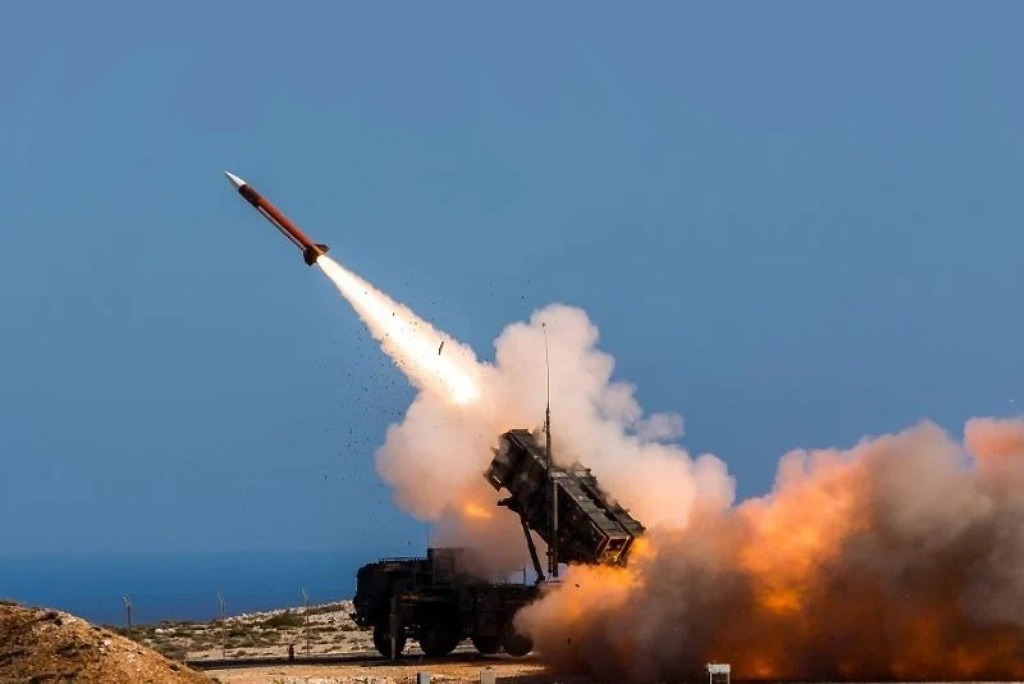The Pentagon’s Acquisition Process: A History of Calls for Reform
Calls to overhaul the Pentagon’s buying process are not new; they have echoed through the halls of power for decades—jokingly traced back even to the days of the Revolutionary War by some former congressmen. Throughout history, defense secretaries, from William Perry to Donald Rumsfeld, through Robert Gates and up to Ash Carter, have all advocated for a re-evaluation and modernization of the Defense Department’s procurement systems. However, recent developments suggest that significant changes may finally be on the horizon.
A Bold New Executive Order
In a notable move, former President Donald Trump signed an executive order aimed at “rapidly reforming our antiquated defense acquisition processes.” This directive emphasizes the need for speed, flexibility, and execution in procurement. The order pushes for greater utilization of Other Transaction Authorities (OTAs), a review of internal regulations that delay purchasing, improved training for acquisition officials, and scrutiny of major programs.
At its core, this initiative seeks to create an agile system that can adapt to the rapid changes and technological advancements within the defense landscape. By acknowledging the growing importance of commercial technologies, the Pentagon is signaling a willingness to embrace outside innovations rather than relying solely on its own sluggish processes.
The Shift Toward Commercial Technologies
One of the key insights behind this reform effort comes from venture capitalist Marc Andreessen, who observed in 2011 that software was poised to disrupt multiple industries. The Pentagon has traditionally lagged in adopting such innovations, preferring slow-moving practices as a safeguard against untested technologies. Yet, as information technology has become the backbone of modern military operations, the need for more flexible and rapid procurement has intensified.
With software fundamentally altering the way hardware is developed—thanks to methods like digital twinning and advancements in artificial intelligence—the Pentagon recognizes that faster data processing and connectivity are essential for military readiness. The move to prioritize commercially available solutions allows the Defense Department to tap into existing innovations rather than reinvent the wheel.
Success Stories Within the Pentagon
Interestingly, pockets of progress are already visible within the Defense Department. For instance, the Navy’s Program Executive Office for Digital Services (PEO Digital) is leading the way in leveraging commercial technologies. Officials within PEO Digital highlight their ability to persuade Navy stakeholders to forgo developing costly in-house solutions when commercial counterparts offer superior alternatives at a lower cost.
PEO Digital’s approach involves using OTAs and focusing on enhancing workflow efficiencies through automation. One key project is utilizing artificial intelligence to streamline acquisition workflows, potentially saving significant labor hours previously spent on manual processes. The office’s strategy combines testing and training, allowing employees to not just adopt new technologies but to actively participate in improving them.
Establishing Metrics for Success
In line with new reform goals, PEO Digital is also pioneering performance-based metrics to assess the efficacy of new tools. By utilizing methods akin to those found in the business world—like World Class Alignment Metrics—the Navy is beginning to quantify operational costs and customer satisfaction in ways the Pentagon has historically struggled to measure.
This shift is critical, as expansive testing and validation processes often lead to cost overruns and delays in defense programs. Many contractors find that they can innovate and upgrade their systems faster than the Pentagon can test existing versions.
Addressing Bureaucratic Hurdles
Despite these budding successes, systemic hurdles remain. Adm. Sam Paparo, head of U.S. Indo-Pacific Command, has called for a reduction in bureaucratic obstacles, urging for procurement processes that operate at “the speed of combat” rather than “the speed of committees.” To drive this forward, the new executive order encourages the defense acquisition workforce to embrace risk-taking and innovation.
However, experts note that changing the Pentagon’s culture to accept more risk is only one part of the puzzle. Mike Brown, former director of the Defense Innovation Unit, emphasized that acquisition reforms are intertwined with requirements and budgeting processes, indicating a need for comprehensive reform.
The Complexity of Budgeting Process
The Pentagon’s current budgeting process is often seen as a major impediment to modernization. The lengthy timeline and rigid granularity of budgetary management create bottlenecks that stifle innovation and responsiveness to emerging threats. There are calls for a more flexible budgetary approach that allows for dynamic reallocations based on shifting operational needs.
While the executive order initiates necessary changes, it does not fully address all the complexities of acquisition reform. For example, limitations on OTA contract sizes and the fragmented way Congress allocates funds could hinder progress. Advocating for a budgetary system that allows quicker fund movement across project phases could better support the rapid development of new capabilities.
Areas for Improvement and Implementation Challenges
While the executive order is a substantial step toward reforming an age-old system, it falls short in detailing follow-on production and sustainment issues—crucial areas where the defense industrial base often struggles. As experts like Tara Murphy Dougherty point out, improvements in these areas are essential, particularly in the event of a major conflict, where speed and adaptability could mean the difference between strategic success and failure.
In conclusion, while the path to overhauling the Pentagon’s acquisition processes is fraught with challenges, there are signs of hope as pockets of innovation and reform emerge. From embracing commercial technologies to developing performance metrics, the military is taking steps to modernize its outdated procurement system. Yet, for these initiatives to achieve their full potential, larger systemic hurdles must be addressed, ensuring the U.S. military can remain agile and competitive in an increasingly complex security environment.





